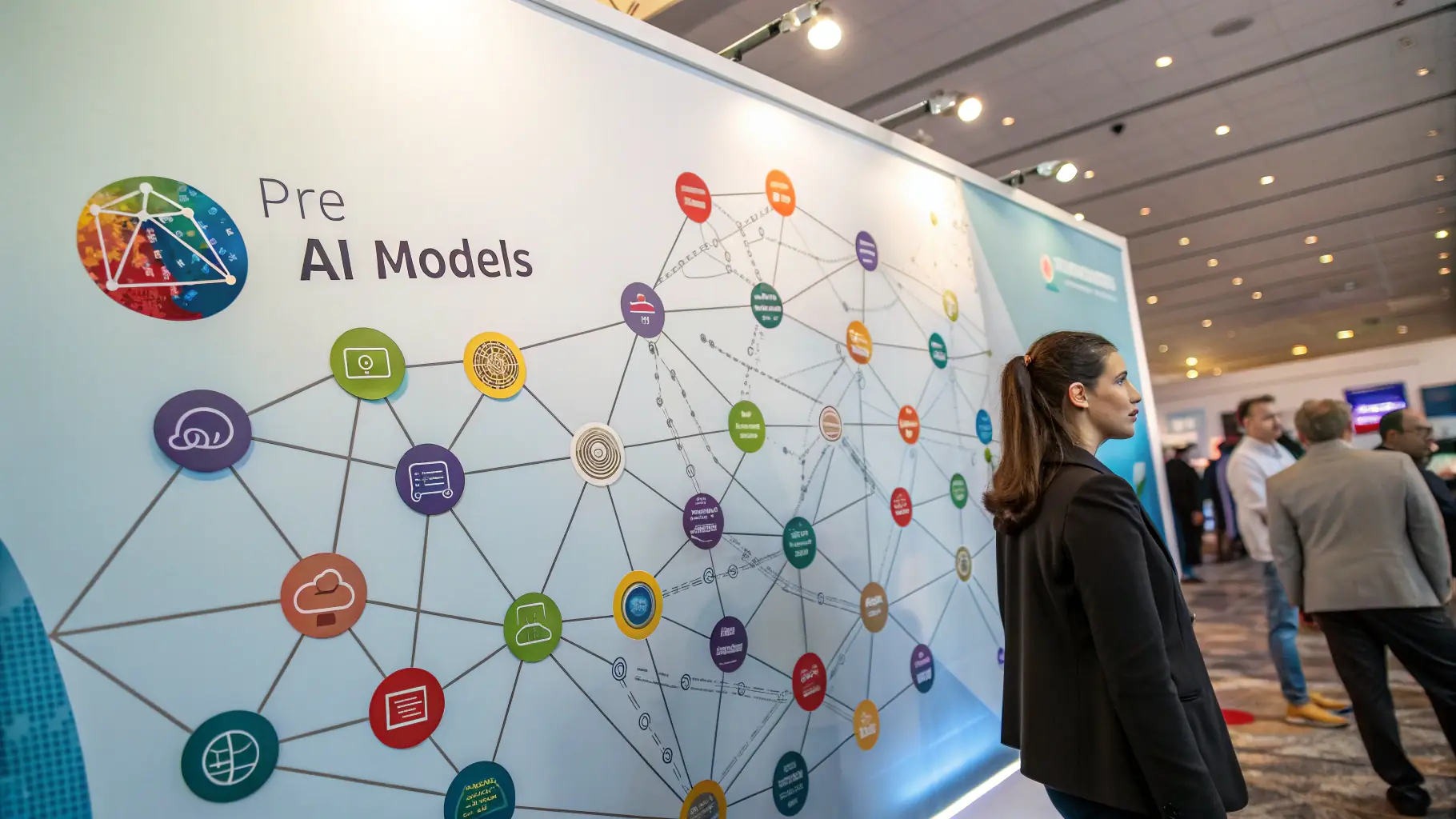AI’s evolution is a complex interplay of algorithmic advancements and their practical applications. From early rule-based systems to today’s sophisticated neural networks, algorithms have been the driving force behind AI’s progress. This evolution is not linear, but rather a series of iterative improvements and paradigm shifts. Understanding these algorithmic shifts is crucial to grasping the future of AI. The rise of deep learning has revolutionized AI, enabling machines to learn from vast amounts of data. This shift has led to breakthroughs in image recognition, natural language processing, and other fields. However, the complexity of these algorithms often obscures their inner workings, making it challenging to fully understand their impact. This article delves into the intricacies of these algorithms and their implications. The future of AI hinges on our ability to develop more efficient and adaptable algorithms. Researchers are exploring new approaches, such as reinforcement learning and evolutionary algorithms, to create AI systems that can learn and adapt in dynamic environments. These advancements promise to unlock new possibilities for AI applications in various industries. The key is to understand the underlying principles and potential pitfalls of these algorithms.
Algorithmic Deconstruction: Unveiling the Secrets of AI
This article explores the process of algorithmic deconstruction, providing insights into how we can understand




